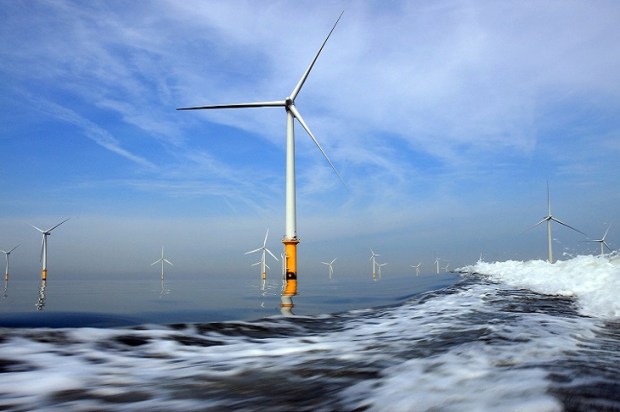The different rates of change in world income levels have provided Australia with a magnificent base on which to build our own prosperity. But, though our standard of living is testament to some success, political measures have blunted the potential level of achievement. A less regulated business regime and lower taxes especially on savings are vital to enhancing our income levels.
Already a subscriber? Log in
Subscribe for just $2 a week
Try a month of The Spectator Australia absolutely free and without commitment. Not only that but – if you choose to continue – you’ll pay just $2 a week for your first year.
- Unlimited access to spectator.com.au and app
- The weekly edition on the Spectator Australia app
- Spectator podcasts and newsletters
- Full access to spectator.co.uk
Or


























Comments
Don't miss out
Join the conversation with other Spectator Australia readers. Subscribe to leave a comment.
SUBSCRIBEAlready a subscriber? Log in